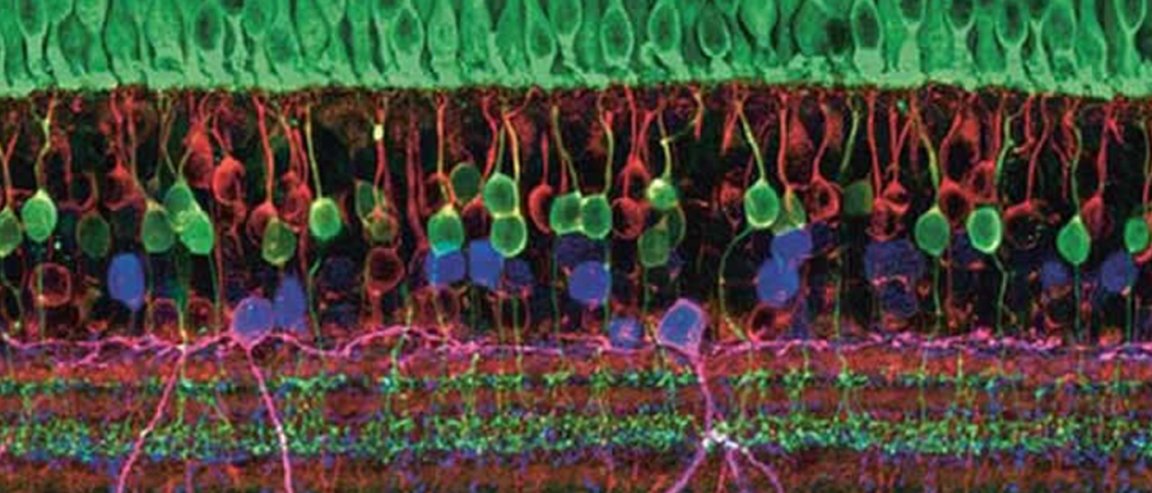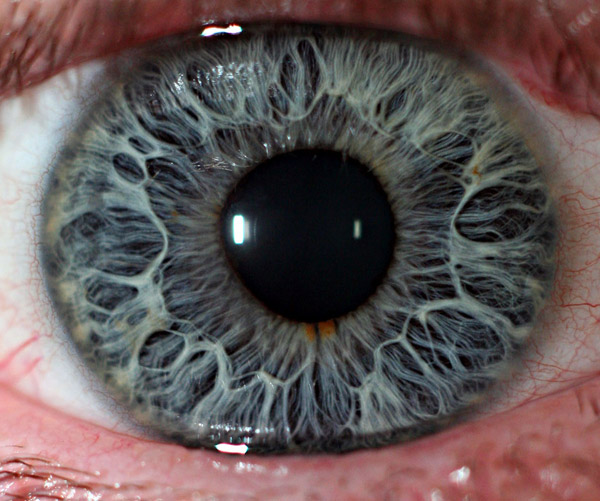
Chorus of signals
There is a genetically transmitted disease that causes the eyeballs to twitch back and forth, and it’s called Nystagmus. It impacts 1 in 1,500 men. Notably, it has been recently discovered that the twitching is caused by the miscalculations done by the retinal neurons in converting visual stimuli into electrical signals.
Now, rabbits are helping us figure out how this disease operates (and could be fixed).

The mechanism regarding how the brain processes stimuli is still debated by neuroscientists. But it is understood that neurons answer to stimuli by sending electrical signals that are transmitted using synapses to the other nerve cells; however, experts are still not sure how these signals are written and interpreted.
Now, the journal Neuron published a study led by Felix Franke from the Bioengineering laboratory of ETH Zurich that investigated if the brain is better off ‘hearing’ a chorus of neurons or a ‘signal noise’ to hone in on a certain neuron.
Ultimately, they found out that it is better for the brain to listen to the signals simultaneously.
Franke believes that these findings might be able to be used to assist individuals with a variety of issues. “If we can understand how neural networks function, then we can also better understand the diseases that are connected with them”.
Rabbit’s Retina
The team used rabbits’ retinas that they laid out and linked with a computer chip that contains 11,000 densely packed electrodes. The scientists were able to record data from the photoreceptors after moving a bright bar past the retinas via the electrodes.
What is problematic with how the nerve cells work is that they answer differently to the same stimulus. According to Franke, if you compare it to a dice, “If the stimulus is the number three, then one neuron will perhaps give us a two, and the neuron next to it a four. If we take the average of them both, the answer is correct. Viewed individually, each answer would be incorrect.”
This means that a bunch of signals are more accurate than just a single neuron.